Land Rover is a little late to the PHEV party but with its unique blend of luxury and genuine off-road prowess, it promises to bring new appeal to the luxury SUV segment.
Specs
- Price when new: £86,965
- On sale in the UK: March 2018
- Engine: 2.0-litre turbocharged four-cylinder (296bhp) plus 85kW e-motor, 398bhp and 472lb ft
- Transmission: Eight-speed auto (with low-range), four-wheel drive
- Performance: 6.4sec 0-60mph, 137mph, 101mpg, 64g/km CO2
- Weight / material: 2509kg/steel
- Dimensions (length/width/height in mm): 5199/2220/1840mm
The current Range Rover, on sale since 2012, stands as proof of Land Rover’s ability to sensitively and completely reinvent its icons – and Land Rover has a few icons.
For 2018, the only chink in the Range Rover’s armour – an interior that, while fine at the model’s lower price points, quickly falls behind when the Range Rover’s pushed upward toward Bentayga country – has been addressed.
At the same time the exterior design’s been subtly updated and a new powertrain option brought into being, the plug-in hybrid P400e, which pairs Jaguar Land Rover’s 2.0 turbo Ingenium four (296bhp) with an electric motor within the ZF eight-speed transmission and a battery beneath the boot.
A four-cylinder Range Rover? Really?
Land Rover would politely ask that you consider your requirements and choose the Range Rover powertrain of best fit, rather than getting hung up on cylinder count.
But yes, this is a four-cylinder Range Rover, albeit one with figures that put it ahead of both diesels on power and between them on torque. What’s more, while the EV-only range is just 31 miles, the P400e is designed to operate as a 400-horsepower car wherever possible, effectively ring-fencing a little battery charge (nourished with regenerative braking) that means you shouldn’t be left wanting by an off-duty electric motor.
From the driver’s seat the only electrification clues are an EV button, to turn the Range Rover into a heavy, quite expensive and oddly packaged if desirable EV, and a new driver’s display showing power drain and regen as you work the pedals. There’s also a Save mode, to preserve charge for use later in a journey, but that’s hidden away in a page of options in the HMI.
How does it drive?
Tricky, since the Range Rover we drove was a few months away yet from being signed-off as production-ready. However, we also drove a PHEV Range Rover Sport with the same powertrain, which was all but finished.
In the Range Rover the P400e powertrain was pretty convincing, albeit with a few rough edges. The four-cylinder petrol with e-assistance makes a pretty good first of feeling like a far bigger engine, only sounding hard-pushed if you really extend it (at this point the prototype’s downshift’s weren’t the slickest, either).
And while generally the two power units worked together in pretty seamless concert, little inconsistencies in the regenerative braking also point at a little more work to be done. On that point, Land Rover have deliberately steered clear of a high level of regen, currently the trend in EV circles, preferring instead to give the car behaviour consistent with other, more conventionally powered Range Rovers. It’s an interesting decision, and certainly the swift and serene P400e system needs little acclimatisation, but the option to up the regen braking level if you prefer would have been nice.
Gimme the important numbers
The P400e starts at £86,965, though we tested a £105,865 Autobiography. The 85kW e-motor’s motor’s juiced by a 13.1kWh battery beneath the boot floor (luggage capacity drops by 98 litres). Peak figures are 398bhp and 472lb ft of torque for a 0-60mph time of 6.4sec (versus 6.5sec for the SDV8).
The additional hardware brings with it some 300kg of additional mass for a kerb weight of 2509kg, but the striking economy and emissions figures are 101mpg and 64g/km nevertheless.
And the other 2018 changes?
Land Rover’s chosen to push the revised Range Rover’s ride/handling balance toward comfort with tweaking damper and spring settings, safe in the knowledge that the new drive modes (Dynamic and Comfort) offer the option to firm things up when you up the ante. However, the car we drove was yet to have its suspension properly tuned to the heavier powertrain and combined the twin gripes of an unyielding ride and slack body control. Take comfort then from the fact that the Range Rover Sport P400e we drove, again in prototype form, carried the additional weight effortlessly and felt great on freeways and canyon roads alike.
The seats are softer too and predictably gorgeous to nestle into, particularly in the back, with Executive Class Seating (standard on Autobiography). This combines a powered centre armrest (heated) with a footrest (heated) and recline and massage functions to ensure comfort beyond anything you might have at home.
The overall effect, when combined with the fundamental brilliance of the Range Rover’s big glasshouse and command seating, is an interior space within which every mile is ridiculously pleasant, whether you’re queuing in traffic or cruising a little beyond the speed limit.
Verdict
The Range Rover’s 2018 update doesn’t look root and branch on paper but the spend behind it’s been eye-watering and, when you drive the car, feels well spent. The Range Rover’s few areas of weakness have been ruthlessly ironed out, delivering a luxury SUV of astonishing aptitude and desirability.
The new P400e PHEV powertrain is harder to wholeheartedly recommend simply because the final calibration work so vital to a sorted hybrid was yet to be done when we drove it. However, the same powertrain in the Range Sport worked nicely, and for some – particularly urban users able to easily charge their cars – the P400e’s combination of relatively low running costs and potential for near-silent progress in traffic will make it the Range Rover to go for.
OUR RATINGS BREAKDOWN
8.0
PERFORMANCE
9.0
RIDE QUALITY
8.5
HANDLING & DYNAMICS
9.0
DRIVER TECHNOLOGY
8.5
INTERIOR COMFORT & PACKAGING
9.0
INFOTAINMENT & CONNECTIVITY
9.0
FUEL EFFICIENCY
8.5
SAFETY
8.5
VALUE FOR MONEY
8.5
FIT FOR PURPOSE
REVIEW GALLERY



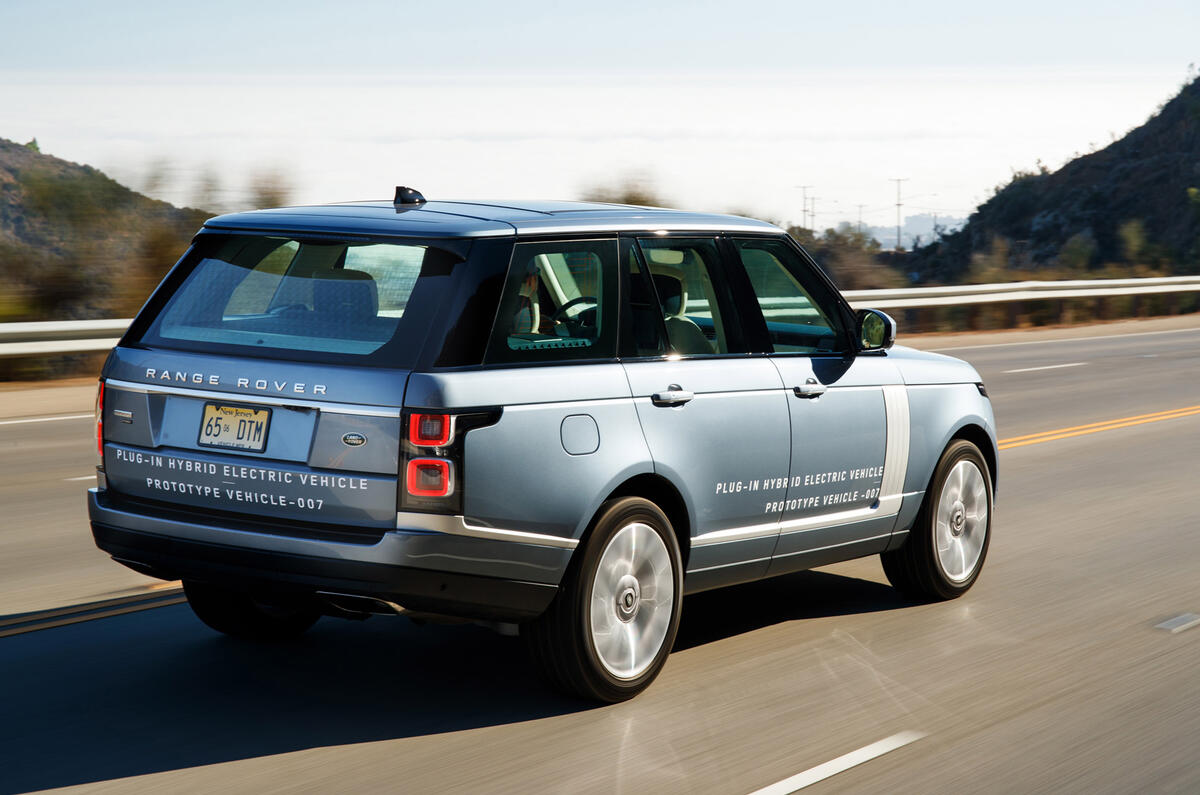
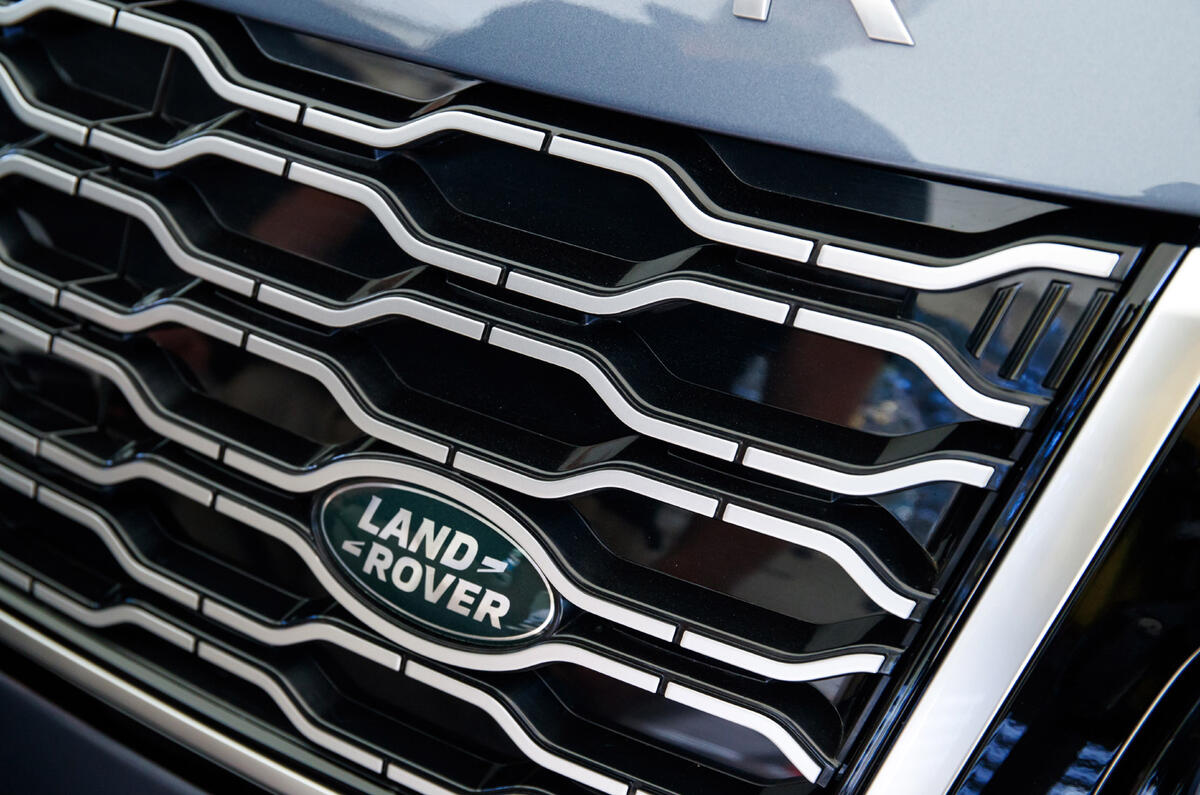






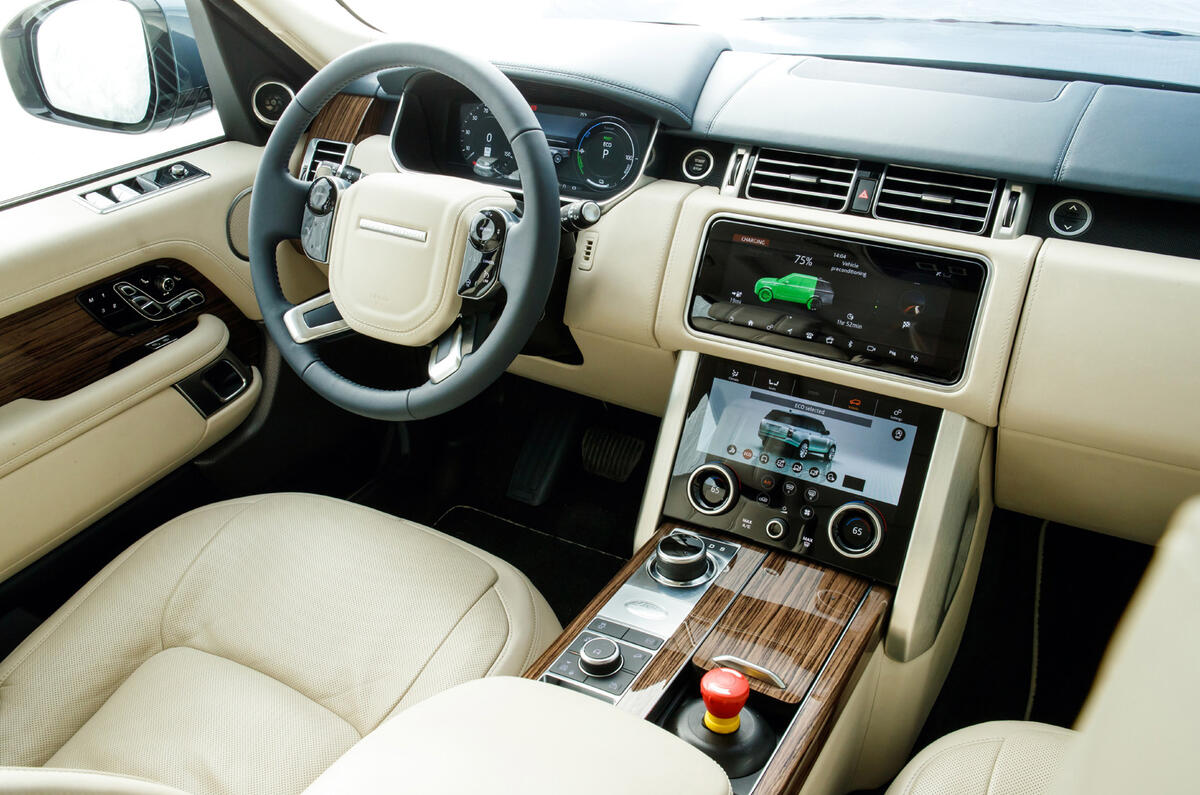
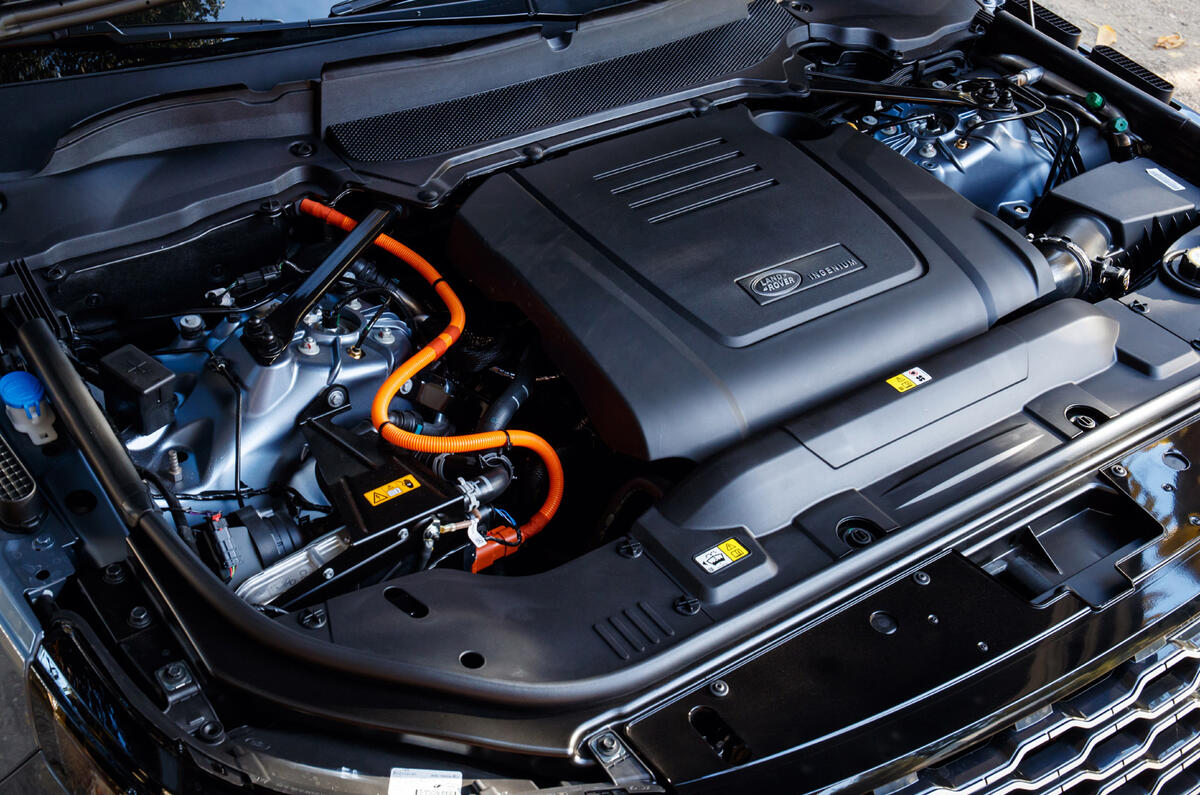
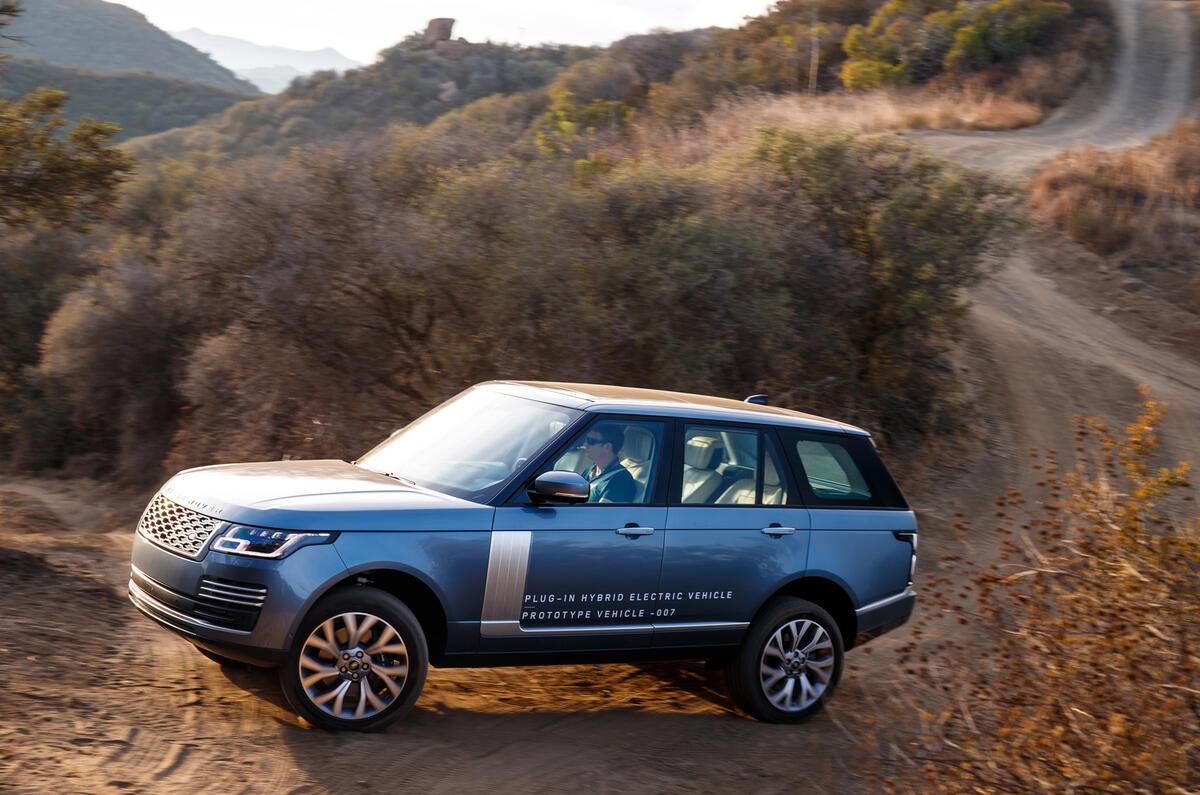
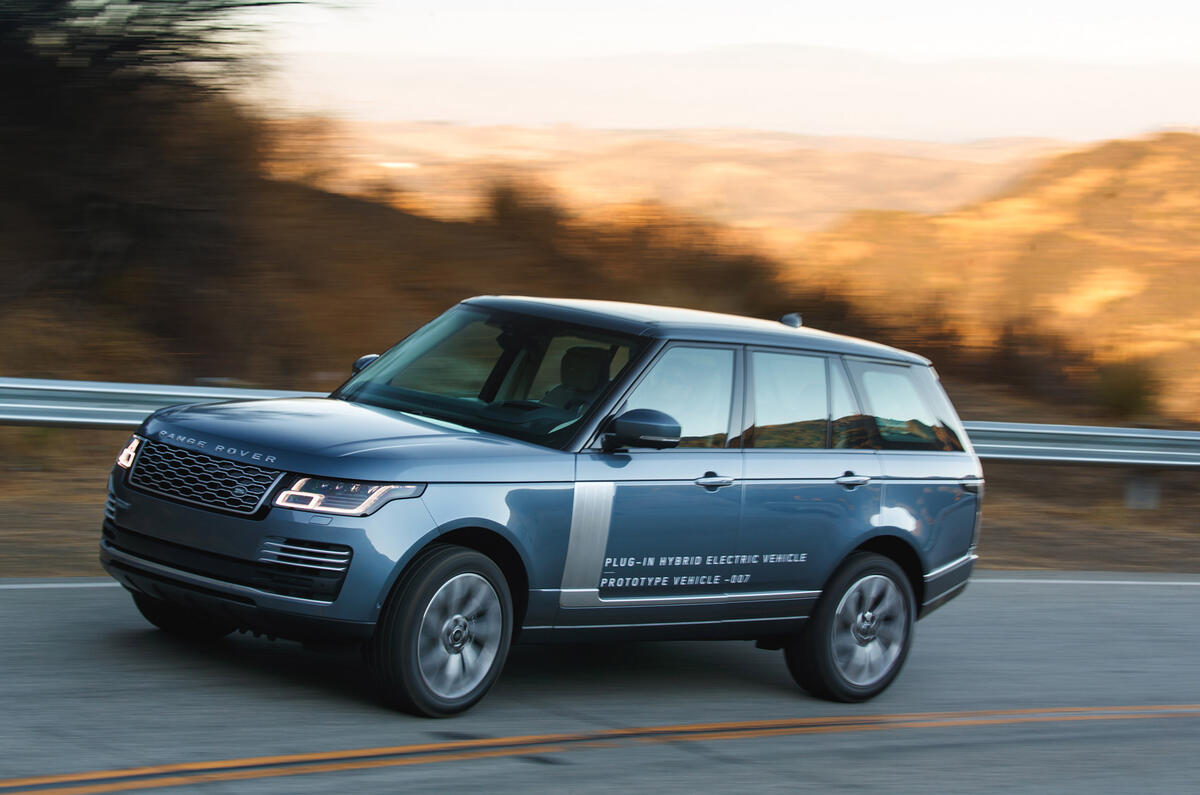
0 Comments:
Post a Comment